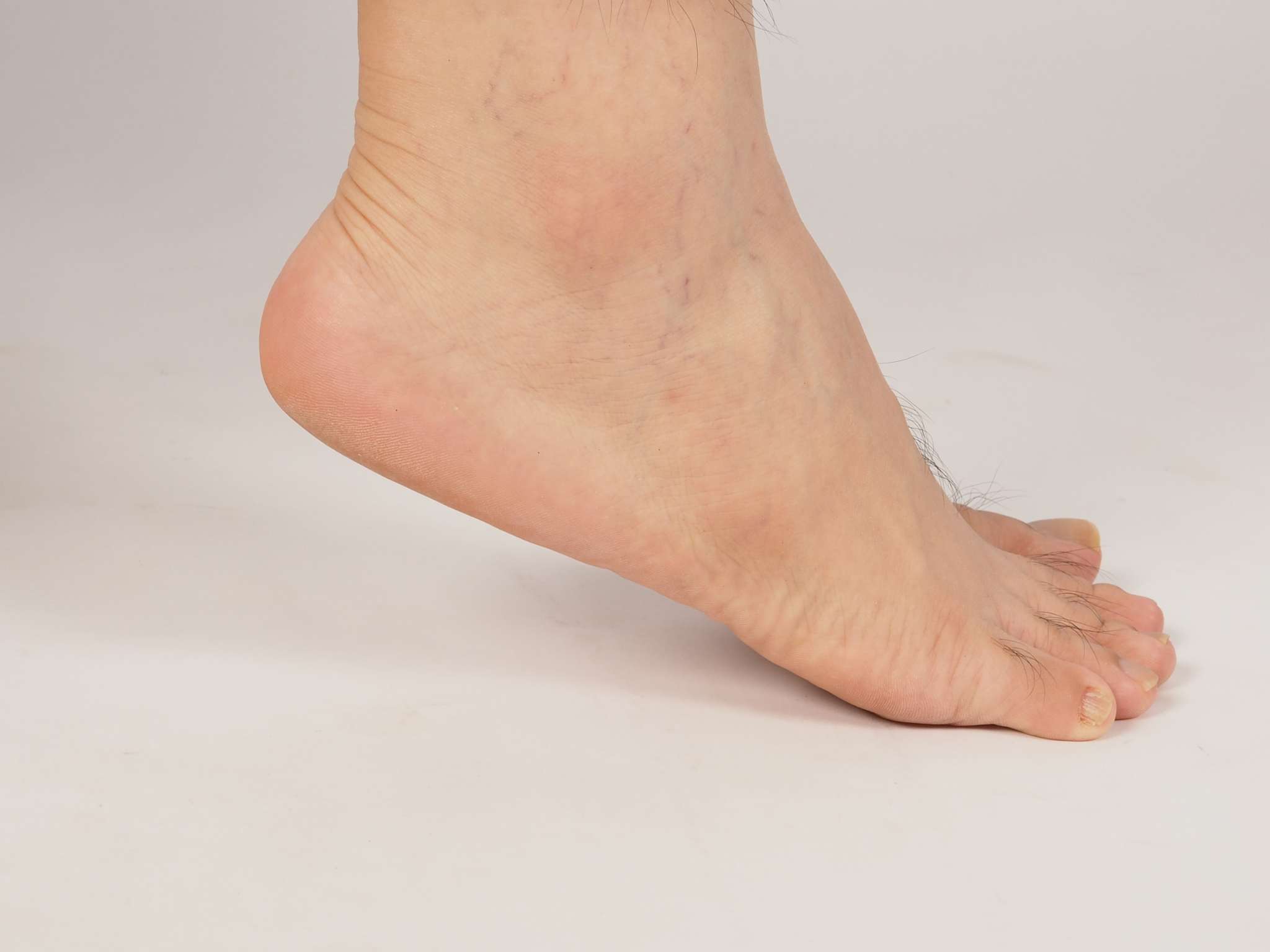What is Shockwave Therapy?
Whether you’re an athlete recovering from a sudden sports injury or someone dealing with the persistent discomfort of chronic heel pain, finding effective and non-invasive treatment options is crucial. One such innovative solution gaining popularity is Extracorporeal Pulse Activation Technology (EPAT), also known as shockwave therapy. In this blog, we’ll delve into what EPAT is, what conditions it can help heal, how it works, and whether it might be the right choice for you.
What is EPAT?
EPAT, an acronym for Extracorporeal Pulse Activation Technology, is a cutting-edge form of shockwave therapy designed to alleviate pain and promote healing. Despite the name, there’s no involvement of electrical currents. Instead, high-energy acoustic pressure waves are precisely directed into the injured area from outside the body. This stimulation triggers a series of responses within the body that can effectively relieve pain and expedite the healing process.
What Conditions Can EPAT Heal?
EPAT has shown remarkable effectiveness in addressing various soft tissue injuries, making it a versatile option for conditions such as:
Heel Pain: This includes common issues like plantar fasciitis, a condition characterized by inflammation of the tissue connecting the heel bone to the toes.
Foot Pain: EPAT is beneficial for conditions like Achilles tendinitis, which involves inflammation of the Achilles tendon, and posterior tibial tendinitis, affecting the tendon along the inner side of the ankle.
Tendon Pain: EPAT can play a crucial role in treating tendinitis, an inflammatory condition affecting tendons.
Neuromas: EPAT provides relief for nerve-related discomfort, making it a valuable option for those suffering from neuromas.
Trigger Points: Alleviating pain associated with muscle strains is another area where EPAT showcases its efficacy.
It’s essential to note that while EPAT can be highly beneficial for these conditions, its suitability varies from case to case. A consultation with our podiatrists is crucial to determine the most appropriate course of action for individual patients.
How Does EPAT Work?
EPAT operates by using acoustic pressure waves to safely increase blood flow and metabolism in the targeted area. The process involves several key mechanisms:
Inflammatory Response: The waves create a mild inflammatory response, stimulating the body’s natural healing processes. This controlled inflammation is a crucial aspect of tissue repair.
Cell Repair Acceleration: Damaged cells in the area accelerate their repair processes, promoting faster healing. This can be particularly beneficial for chronic conditions where the healing process may have slowed down.
Increased Blood Flow: The therapy enhances blood flow to the targeted area, providing cells with an increased supply of oxygen, growth factors, and other essential nutrients for efficient functioning.
Cytokine and Chemokine Release: EPAT triggers the release of cytokines and chemokines, flooding the area. These signaling molecules play a vital role in the regeneration of damaged tissue.
This non-invasive approach has been proven effective, with over 80% of recipients experiencing positive results. The ability of EPAT to harness the body’s natural healing mechanisms makes it a valuable option for many individuals seeking pain relief.
Am I a Candidate for EPAT Therapy?
EPAT therapy is suitable for individuals in various situations:
Suffering from Acute Injuries: EPAT can serve as a first step to expedite the recovery process for those dealing with acute injuries, such as sports-related traumas.
Dealing with Chronic Injuries: For individuals with chronic injuries who are not responding as well to other forms of therapy, EPAT can provide a viable alternative.
It’s important to consult with our experienced team to determine whether EPAT is the most suitable option for your specific condition.
Is EPAT Effective?
Yes, EPAT has demonstrated effectiveness in over 80% of recipients. The therapy’s ability to work in harmony with the body’s natural healing processes sets it apart. By stimulating these processes, EPAT can address a wide range of soft tissue injuries, providing relief and promoting recovery.
Are There Any Risks?
One of the significant advantages of EPAT is its safety profile. EPAT is an FDA-approved therapy, and currently, there are no known existing side effects or risks associated with the treatment. It is a safe and well-tolerated option for pain relief, providing reassurance to individuals seeking non-invasive solutions.
What Should I Expect from EPAT?
EPAT is typically administered over several treatment sessions, with cumulative results achieved over time. Each session, lasting around 10-15 minutes, contributes to the overall healing process. Many patients report feeling relief after just the first session.
During a session, a gel may be applied to the skin to enhance the effectiveness of the device. There’s no need for fasting or special preparation, and you can resume your regular activities immediately afterward.
The treatment plan may span several weeks, allowing for the gradual and cumulative benefits of EPAT to take effect. It’s important to communicate openly with our compassionate team about your progress and any changes in your condition.
Whether you’re dealing with acute or chronic pain, exploring advanced therapies like EPAT can be a crucial step in finding the relief you need. As with any medical decision, it’s essential to consult with our office to determine the most appropriate treatment for your specific condition.
Don’t let pain hinder your quality of life—take the first step towards relief by reaching out to our experienced healthcare professionals. Exploring your options is a proactive step toward a pain-free future. By staying informed and engaging with our team, you empower yourself to make decisions that align with your health and well-being.

